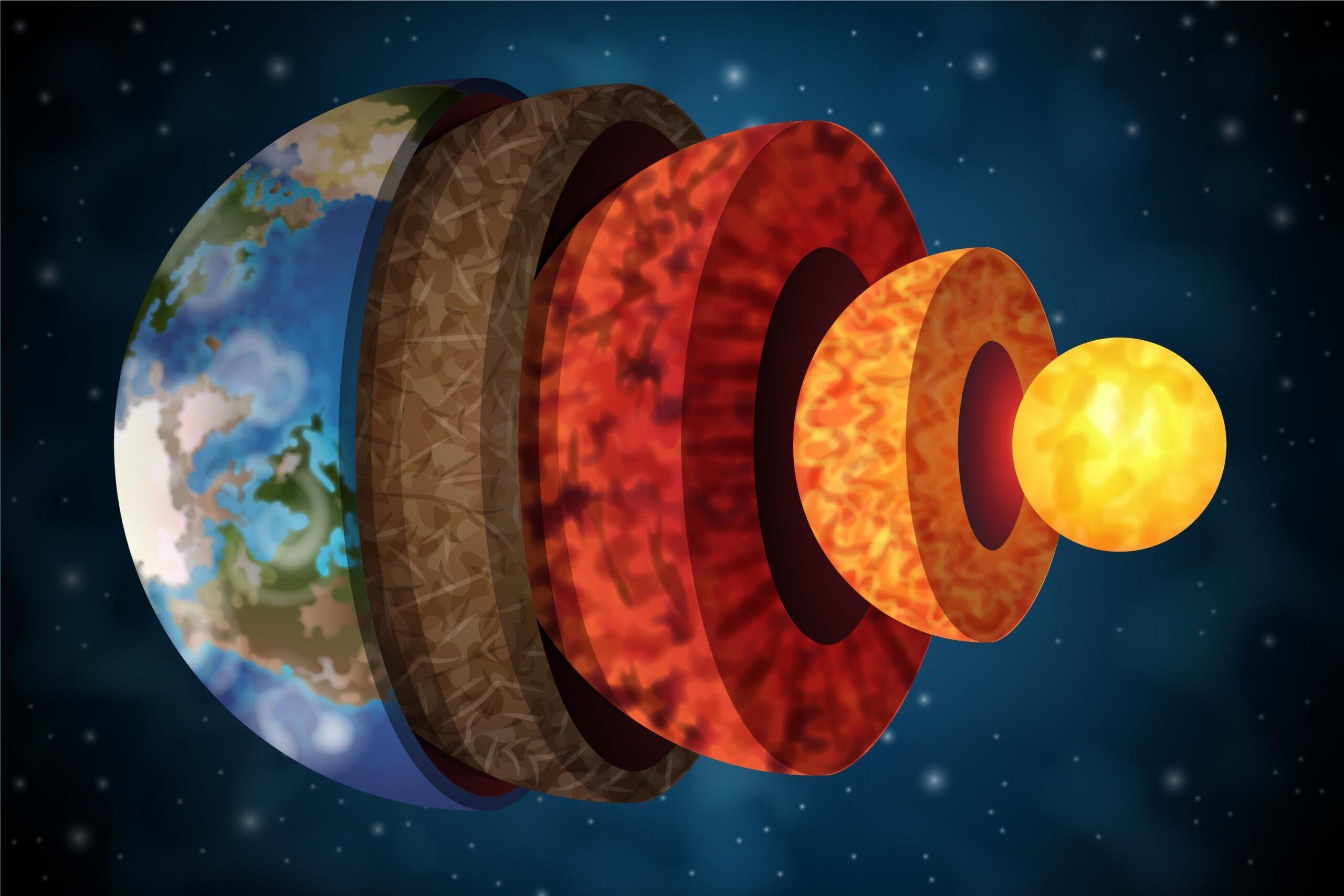Enhanced Rock Weathering: A Breakthrough in Carbon Capture for Farmlands
Crushed Rocks on Farmland Can Trap CO₂ – Scientists Boost Efficiency with Faster-Reacting Minerals
A groundbreaking advancement in carbon capture technology could revolutionize the way farmers contribute to climate mitigation. Researchers have discovered a method to significantly enhance the ability of crushed rocks to absorb atmospheric carbon dioxide (CO₂), making an already promising strategy even more effective.
Enhanced Rock Weathering (ERW) is a natural process where silicate minerals, such as basalt, react with CO₂ and water to form stable carbonates. When these crushed rocks are spread across farmland, they not only help sequester carbon but can also improve soil health and crop yields. However, a key limitation has been the slow reaction rate of natural silicates, which limits their immediate impact on reducing atmospheric CO₂ levels.
The Challenge: Slow Weathering Rates
Matthew Kanan, a researcher at Stanford University, argues that while ERW holds potential, its effectiveness has been overstated. “The evidence shows that natural silicates simply don’t weather fast enough to make a meaningful difference in the short term,” he explains.
To address this, Kanan and his colleague Yuxuan Chen developed an innovative technique to modify silicate minerals, dramatically accelerating their CO₂ absorption rate. Their approach, inspired by industrial cement production, involves heating silicate rocks to extreme temperatures to create highly reactive magnesium oxide and calcium silicate.
How the New Method Works
The process involves heating a mixture of calcium and magnesium silicate in a kiln at 1400°C (2552°F). This triggers an ion exchange, replacing magnesium with calcium and producing two highly reactive compounds.
“Heating these minerals transforms them into materials that react with CO₂ thousands of times faster than untreated silicates,” Kanan says. The result is a substance that can rapidly absorb atmospheric carbon when applied to farmland.
However, the production process currently relies on natural gas-powered kilns, which emit CO₂. To mitigate this, Kanan suggests capturing these emissions or using some of the reactive minerals to neutralize them. After accounting for production emissions, each ton of enhanced material still removes roughly one ton of CO₂ from the atmosphere.

Scaling Up for Agricultural Use
Currently, the team produces about 15 kilograms of reactive rock per day in lab conditions. The next step is scaling up production and working with farmers to integrate these minerals into agricultural practices. If successful, this method could provide a dual benefit: improving soil fertility while actively removing CO₂ from the air.
Expert Opinions: Support and Skepticism
While Kanan’s research presents an exciting advancement, not all experts agree with his skepticism toward traditional ERW. Rachael James, a geochemist at the University of Southampton, points to multiple successful field trials demonstrating ERW’s effectiveness.
“Faster carbon removal is critical—we need results in a decade, not half a century,” James says. However, she acknowledges that scaling up production and ensuring long-term carbon storage remain challenges.
Phil Renforth of Heriot-Watt University calls the idea innovative but cautions that cement-derived minerals may not be ideal for all farmlands. “Further research is needed to determine the best deployment strategies and potential impacts on soil ecosystems,” he notes.
The Future of Carbon-Negative Farming
As the world seeks scalable solutions to combat climate change, enhanced rock weathering—especially with these new modifications—could play a crucial role. By speeding up natural processes, scientists hope to turn farmland into a powerful tool for carbon sequestration while simultaneously boosting agricultural productivity.
With further refinement and large-scale adoption, this technology could help bridge the gap between immediate climate action and long-term carbon removal goals. For now, researchers continue to explore the best ways to optimize and implement this promising strategy.

